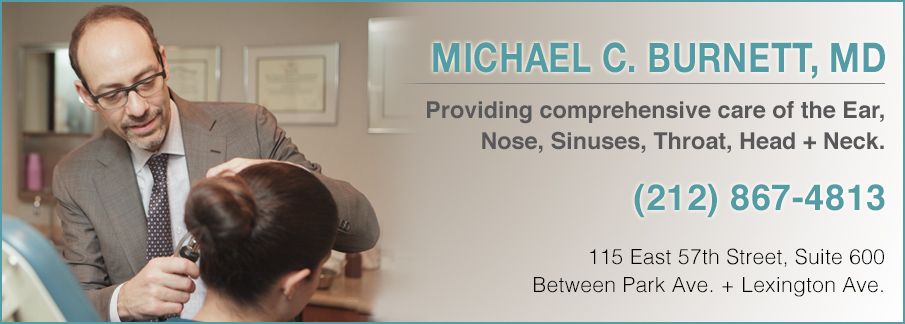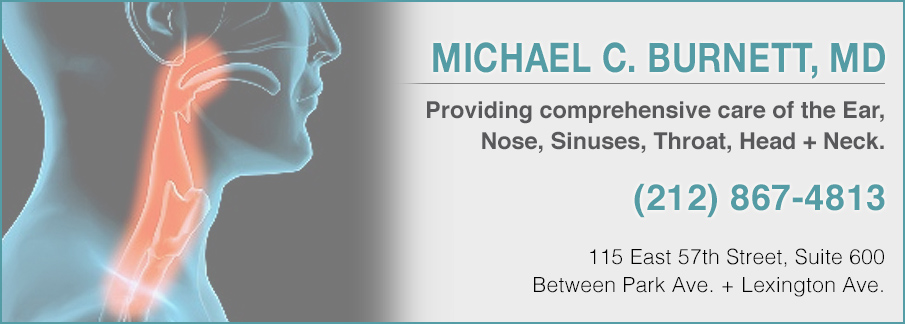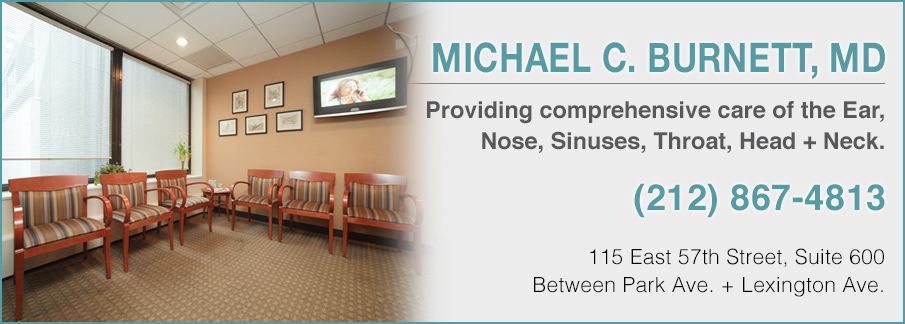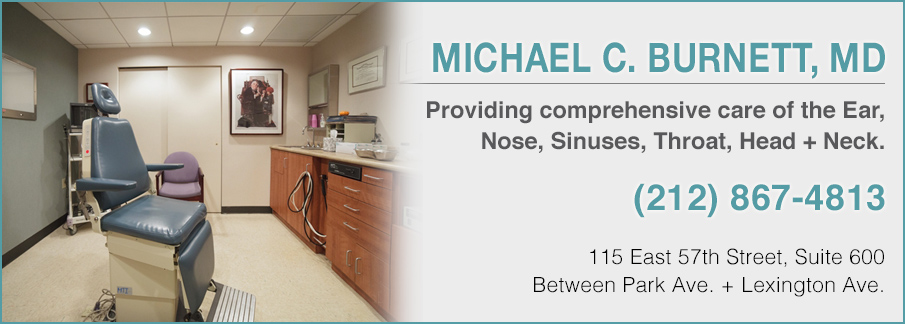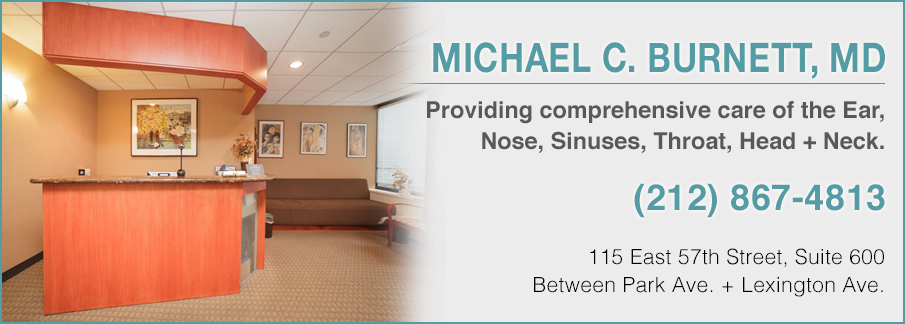What is the anatomy of the nose and other important information about this appendage? The nose is the ultimate part of the respiratory system, allowing oxygen to enter your body. It helps shape your facial appearance and helps you to smell.
The Physiology of the Nose
External structure
The external structure of a nose is simple, i.e., a pyramid with an inferior apex and superior root. The part between the Apex and the root is called the dorsum. There are two openings present at the Apex, which are called nostrils. It provides the way to the nasal cavity.
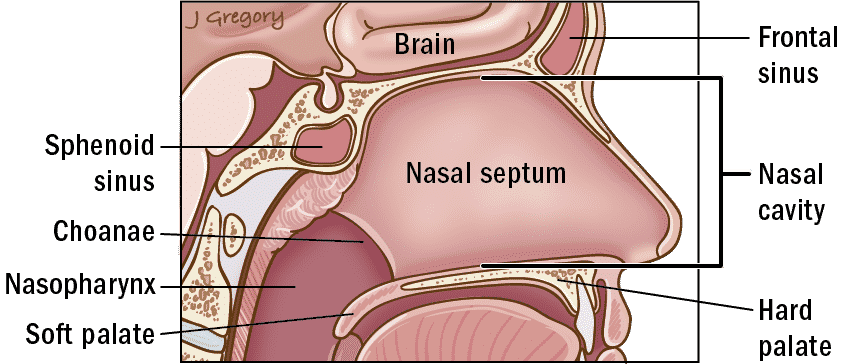
The exterior of the nose consists of both cartilage(soft bones) and hard bones, making it flexible.
The bony part of the nose comprises:
- Nasal
- Maxillae
- Frontal bones
The cartilaginous part consists of
- Alar cartilage
- Lateral processes
- Septal cartilage
Internal structure
The internal structure comprises:
Bone structure
The nose’s internal structure provides physical support to the nose and helps uplift it. The internal bony part of the nose relates to the height of the nose.
Nasal cavity
The nasal cavity is highly enriched with epithelial cells, which make up the mucosal surface. The mucus on this surface keeps the internal of the nose moist, which helps trap allergens.
Because of the nasal cavity, the nose serves as an air filter that stops harmful particles from entering into lungs.
Septum
These are simply bony structure that separates the two nasal cavities. It usually runs from the center. Even a little septum deviation can cause severe problems to the infected person.
Sinus cavities
These are small tunnels located around the nose. These hollow cavities are about an inch in size. You can get severely ill because of sinus issues, as the nose is related to sinus cavities.
Illnesses that occur of the Nose, Nasal, and Sinus Cavities
On average, a healthy human goes through multiple colds or illnesses related to the nose and nasal cavities. When these diseases last for more than 10 days, it can indicate a more serious health condition.
The nose, sinus, and nasal cavities are susceptible and are often at risk of getting infection as they constantly interact with the surrounding air and environment. Medical conditions that can occur or originate via the nose are:
- Sinusitis
- Formation of polyps in nasal and sinus cavities
- Allergic issues
- Nasal congestion
- Asthma
- Deviated septum
- Nasal valve collapse
- Nasopharyngeal cancer
- Turbinate enlargement
- Epistaxis or nose bleed
- Rhinitis
- Sinus or nasal infection
- Soar throat
- Severe cold
These are some of the diseases a person can counter because of various unhealthy conditions that affect the nasal and sinus cavities or due to abnormal development of the nose.
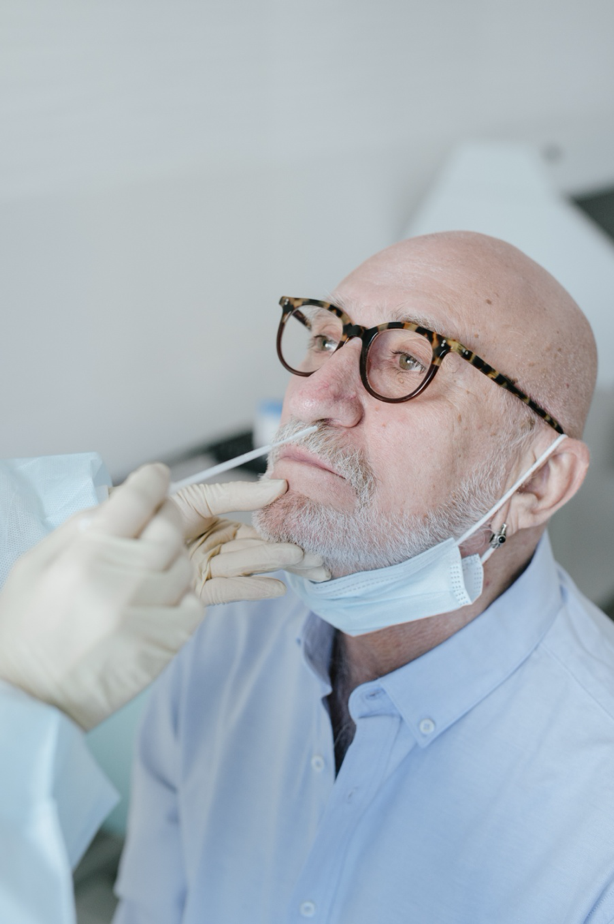
(Source)
How to keep your Nose Healthy
These few things can help you maintain the perfect anatomy of your nose.
- Avoid smoking immediately
- Make it a habit to use a humidifier
- Reduce the amount of dust in your surroundings to keep yourself allergic free
- Drink healthy fluids and water
- Avoid removing nose hairs as it filters the air.
- Stop using face masks and helmets more often to keep your nose straight and avoid deviated septum.
- Intake of fresh air in the morning is an excellent exercise to improve the internal health of the nose and lungs.
These exercises can help you to edge any severe nasal, sinus, or nose infections.
Anatomy of the Nose Conclusion: Visit an ENT Specialist for Nose Related Problems
Consult ENT specialist Dr. Michael C. Burnett, at Ear, Nose & Throat of New York if you are experiencing nasal congestion, sinus, or other nose related issues to avoid any significant illness.
Michael C. Burnett, MD
115 East 57th Street
Suite 600
New York, NY 10022
212-867-4813

